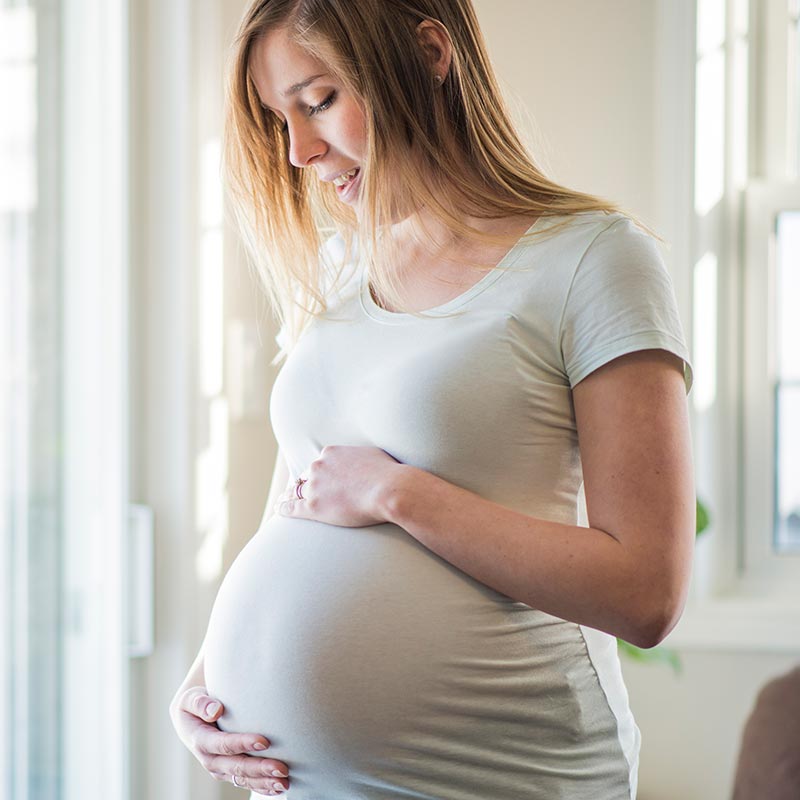What Happens During Ovulation
Approximately every month, a single egg will mature in one of your ovaries during ovulation. As it reaches maturity, the egg is released by the ovary to make its way toward the uterus where it can be fertilized. Once it leaves the ovary, an egg can typically live for 12-24 hours. During the maturation process, the lining of the uterine wall thickens to prepare for the fertilized egg. If the egg does not become fertilized through conception and go on to thrive in the uterus, it disintegrates and is absorbed into the uterine lining. The uterine lining then sheds to become your menstrual period.
When You’re Ovulating
While the luteinizing hormone that regulates your menstrual cycle and egg production is always present in your urine, it increases 24-48 hours prior to ovulation. Ovulation generally occurs a day or two after this LH surge when a mature egg begins its journey to fertilization.
Signs You’re Ovulating
The signs of ovulation vary from woman to woman, as does the time of ovulation. Some women ovulate like clockwork every month, and other women may ovulate on varying days each month. There are some things to pay attention to that may indicate that you are at the peak of your fertility.
- Small pains – You may feel a twinge of pain or a cramp in your lower abdomen when your body releases an egg.
- Cervix changes position – The position and feel of your cervix will change, becoming higher and softer to allow for sperm.
- Cervical mucus consistency – When you are about to ovulate, your discharge will have a consistency similar to an egg white.
- Basal body temperature – Your body temperature rises slightly to create a more fertile environment for the egg (due to increased levels of the hormone progesterone).



